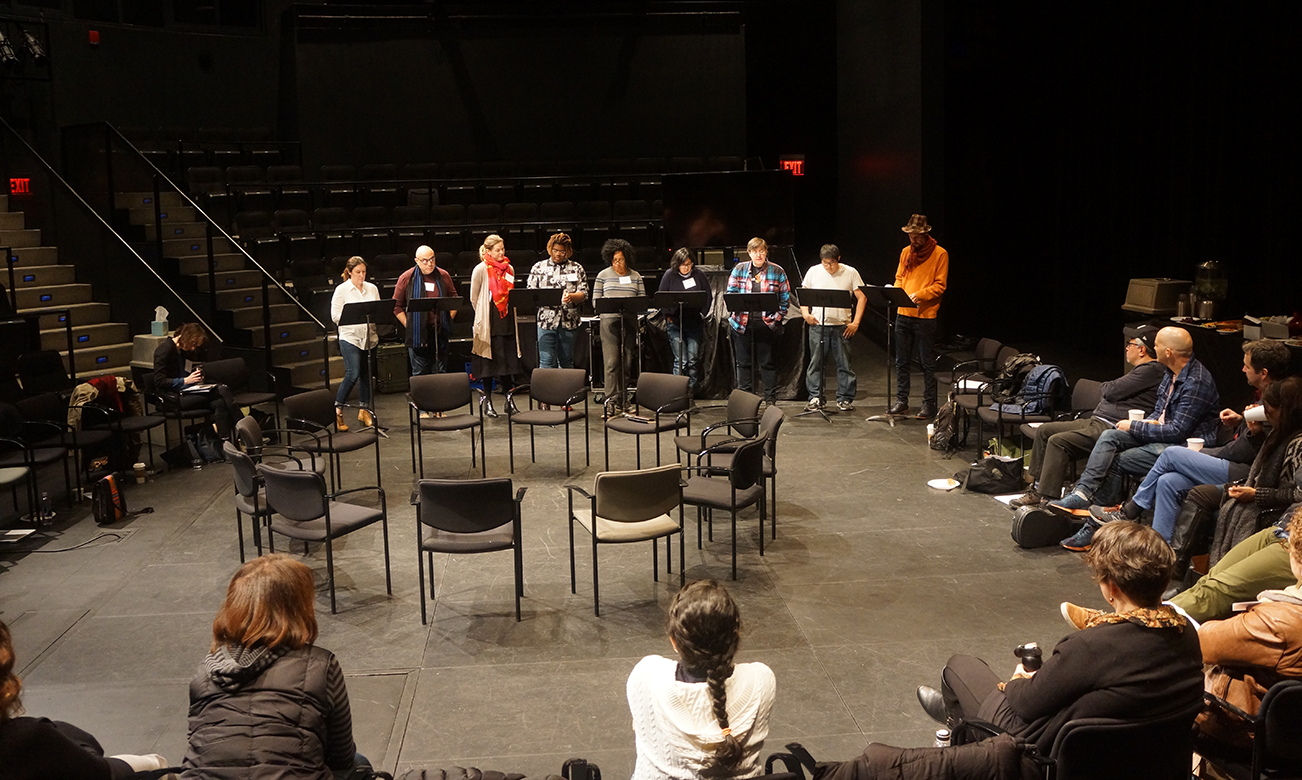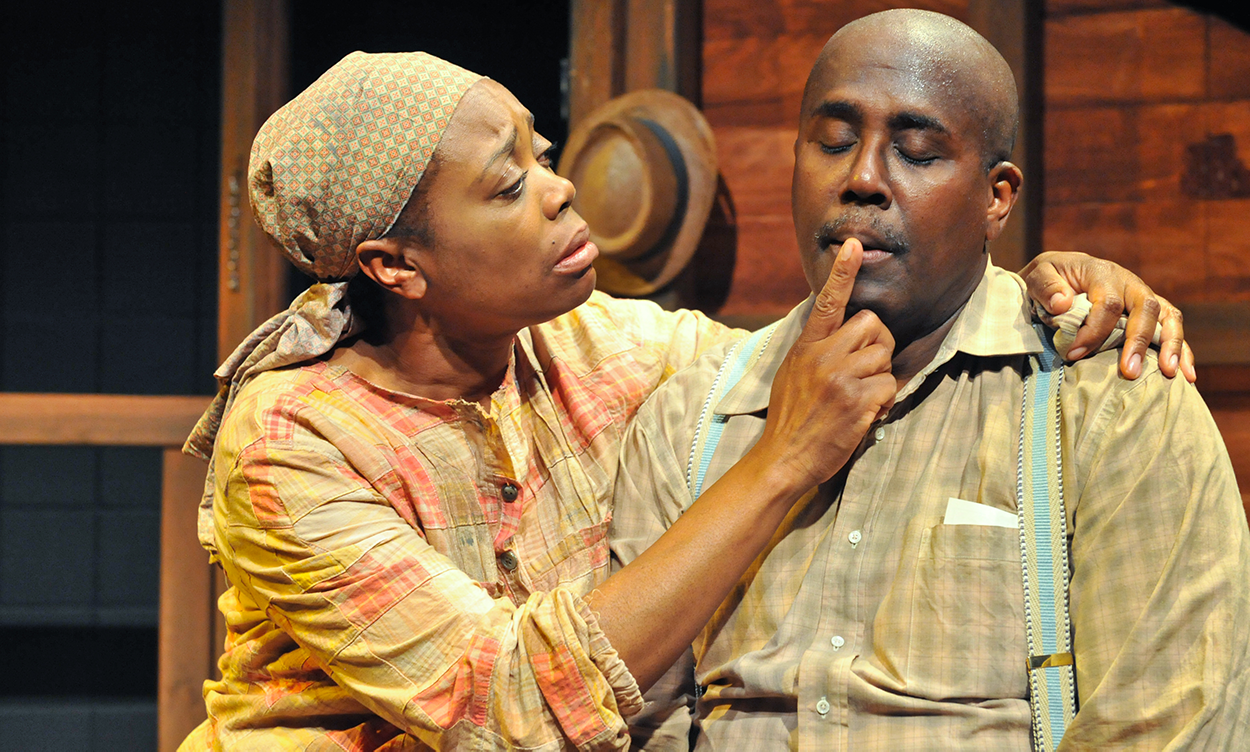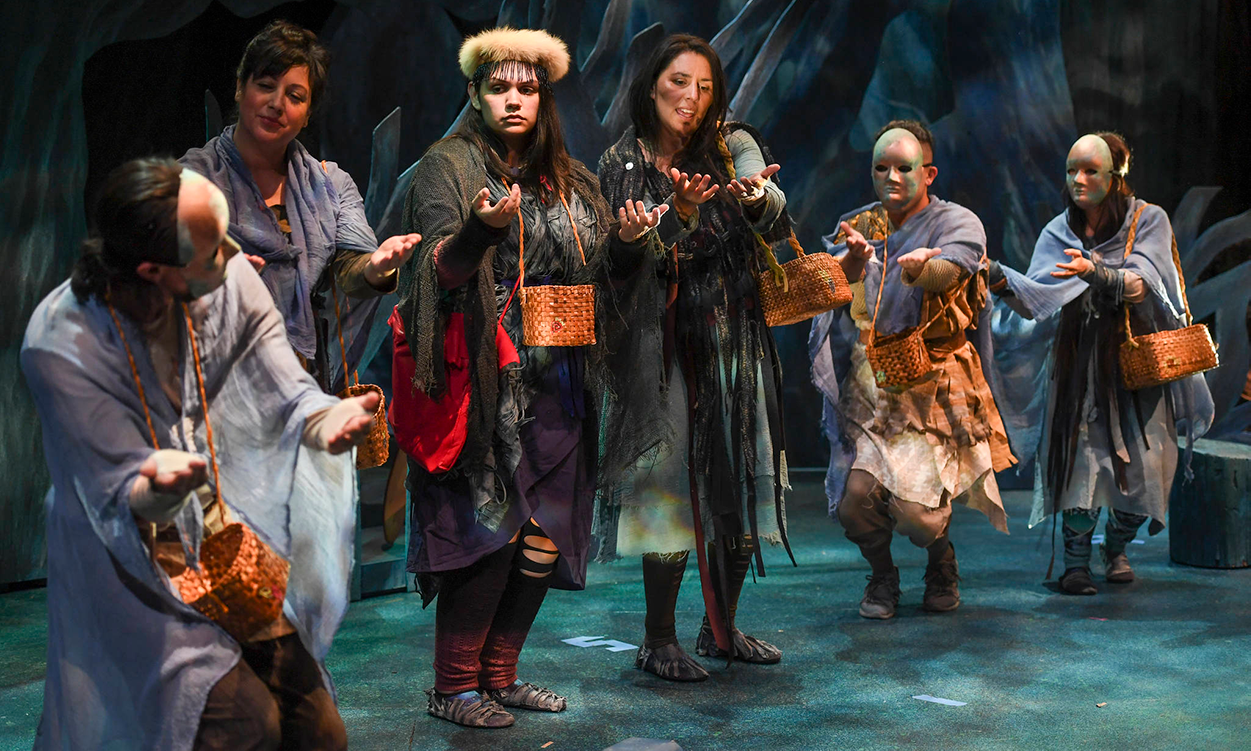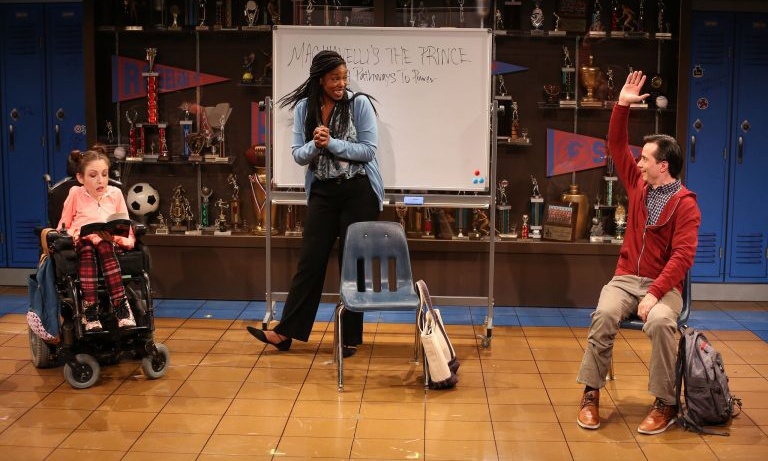Findings
Four major findings emerged from Helicon’s review.
1. Financial stability and security for playwrights leads to less stress, greater well-being, and better, more adventurous artistic work.
As one playwright said, “We all do better work when we can think about expansive ideas and not just survival. This [program] is general operating support for artists.” Freed from the stress and uncertainty of perpetual gig work, playwrights found they could experiment, expand, and grow creatively. For some, this resulted in longer development times and more mature work, while others experimented with new forms and ideas that might otherwise have been considered “too risky.” Ironically, many found that the work they thought was too risky ended up being the most popular and financially successful plays for the host theatres, challenging conventional wisdom about what audiences want.
The vast majority of playwrights felt that the residency resulted in an improvement in the quality of their work. Many credited this to the fact that it invested in them as human beings, not just play machines. This allowed them to nurture what feeds their creative spirit, be fully present with the inevitable ups and downs of life, and respond to societal events in real time.
2. Having a playwright on staff influences theatres’ artistic choices and processes, and improves their relationship with artists and their broader communities.
The artistic impact of the playwrights on theatres went far beyond the production of their own plays. Resident playwrights often consulted on the selection and production of other plays by their host theatre during their tenure, and some became advisors or coaches for non-resident playwrights during their development process. This role was particularly valuable when the non-resident playwright was a person of color working in a predominantly white theatre, where racial and institutional power dynamics were both operative. For several of the resident playwrights, they were the only person of color in a senior staff role at their theatre, which made them an important ally for artists of color in a space where playwrights in general often lack power. Some resident playwrights also helped nurture connections with the local artistic community by offering workshops or classes.
3. American theatre is finally becoming more reflective of the diversity of the country, due to the long and concerted effort of many in the field, but there is much more to do.
Interviewees agreed that there has been a definite shift in the nonprofit theatre field towards greater diversity of stories, forms, voices, and faces on American stages in recent years. The writers and theatres supported by the NPRP program have been important contributors to this diversity, although it is impossible to untangle the program’s impact from the other forces pushing in this direction.
However, many interviewees also noted that while theatres are more welcoming to “diverse” playwrights and “unconventional” plays than they were ten years ago, this openness is still often superficial. In larger theatres especially, diversity is supported only as long as it does not feel threatening or confusing to the theatre’s subscriber base. “Theatre itself is a colonial construct,” one artistic director noted, “and white, older, wealthy subscribers determine the aesthetics of theatre.” The artistic preferences of traditional theatre audiences are often quite different from those of younger, queer, and/or BIPOC playwrights and audiences. Some playwrights commented that they feel caught between writing what they want to write for themselves and their own community, and creating work that will be successful in larger, predominantly white theatre spaces.
A majority of interviewees agreed that the dominant business model of theatre, as well as economic forces more broadly, continues to determine who can afford to create and what is produced. It remains extremely difficult for playwrights to make a living in theatre alone, and TV has therefore become a financial lifeline for many. One playwright even suggested that “there is no future for the field of playwriting except through TV.”
4. The stability provided by the NPRP program equips theatres and artists to better meet this moment.
COVID-19 is aggravating and amplifying preexisting vulnerabilities and weaknesses across all facets of our society and theatre is no exception. It is very possible that many theatres may not outlast the mandated closures, and interviewees expressed fear the field may lose creative talent permanently. Because theatres rooted in BIPOC communities have been historically undercapitalized, they are especially vulnerable, as are artists without family safety nets or savings. As a result, the pandemic is amplifying racial and economic inequities.
The racial justice uprisings have provoked an unprecedented “reckoning” for theatre. One theatre director said: “There is a revolution going on—theatres are being called out by artists and communities for long-standing inequities and insincere statements of solidarity.”
Having a fully funded playwright on staff has enabled participating theatres to respond artistically to the moment, even when buildings are shuttered and other staff are furloughed. NPRP playwrights have hosted community conversations, taught classes, helped theatres reflect on institutional racism, and written timely plays for Zoom productions. Resident playwrights feel fortunate to have a salary at this time, and many expressed feeling a sense of responsibility to do something other artists can’t do because they need to worry about their own survival. Some have found ways to pay other artists, and several playwrights have been discussing how the NPRP cohort might use their collective influence to advocate for racial and economic justice in theatre and beyond.
Having a fully funded playwright on staff has enabled participating theatres to respond artistically to the moment, even when buildings are shuttered and other staff are furloughed.







Comments
The article is just the start of the conversation—we want to know what you think about this subject, too! HowlRound is a space for knowledge-sharing, and we welcome spirited, thoughtful, and on-topic dialogue. Find our full comments policy here